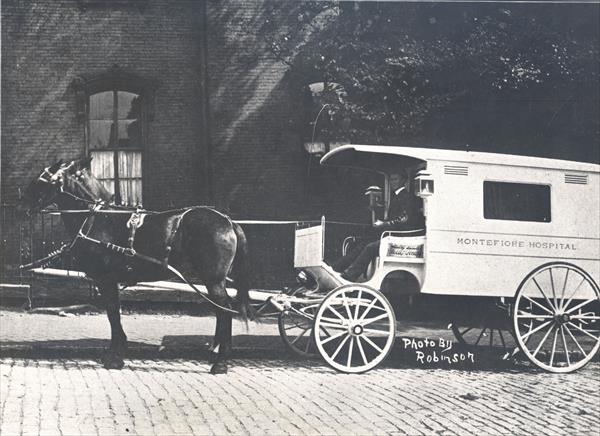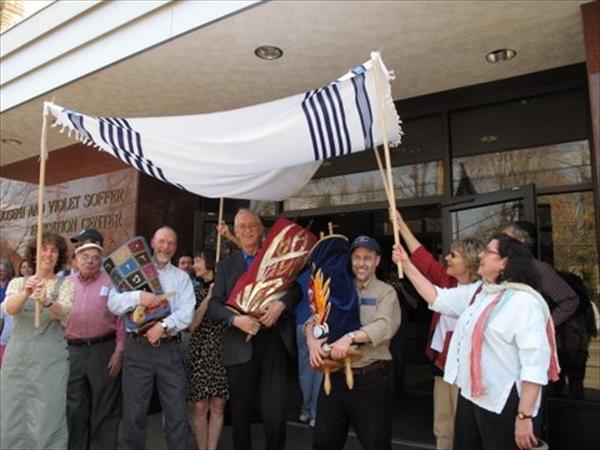Jewish Pittsburgh in Pictures
We mourn for the tragic murder of eleven Jews at prayer at the Tree of Life congregation in the Squirrel Hill neighborhood of Pittsburgh. There is more to discuss in the coming weeks and months, but today instead of words we offer images. This brief collection of photos, curated from the Rauh Jewish History Program & Archives, highlights the deep history of this vibrant community.

Frank Family Photographs, Rauh Jewish Archives at the Heinz History Center

Jewish Chronicle Photographs, Rauh Jewish Archives at the Heinz History Center

Corinne Azen Krause Photographs, Rauh Jewish Archives at the Heinz History Center

Montefiore Hospital Photographs, Rauh Jewish Archives at the Heinz History Center

Corinne Azen Krause Photographs, Rauh Jewish Archives at the Heinz History Center

Corinne Azen Krause Photographs, Rauh Jewish Archives at the Heinz History Center

Irene Kaufmann Settlement Papers, Rauh Jewish Archives at the Heinz History Center

Elbling Family Photographs, Rauh Jewish Archives at the Heinz History Center

Rauh Jewish Archives at the Heinz History Center

Joseph Levin Photographs, Rauh Jewish Archives at the Heinz History Center

Courtesy of Ruth Drescher
Suggested Reading
Purity and Obscurity
When contemporary Jews of priestly lineage avoid cemeteries, when ordinary Jews wash their hands before eating, or immerse themselves in ritual baths, they are acting according to the dictates of an ancient system.
Irving Kristol, Edmund Burke, and the Rabbis
Irving Kristol started off as a neo-Trotskyite and famously became the “godfather of neoconservatism.” But his idiosyncratic “neo-Orthodoxy” lasted a lifetime.

Not of This World
In writing his first book for young readers, Aharon Appelfeld seems to have split himself and his life story between the two title characters: resourceful Adam, a boy of the land whose knowledge of the forest keeps them safe and fed, and bookish Thomas, a doubter in both faith and his own abilities.

Early Modern Blasphemy and Postmodern Virtue
Was Jacob Frank a progressive trendsetter or a seductive cult leader?
Comments
You must log in to comment Log In